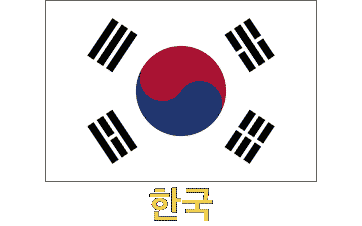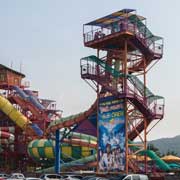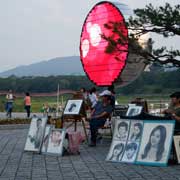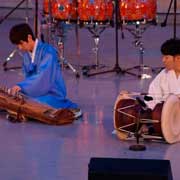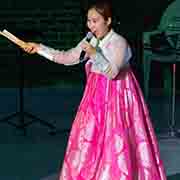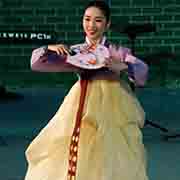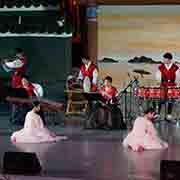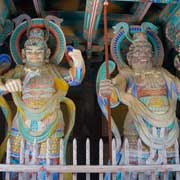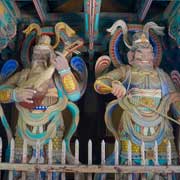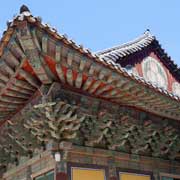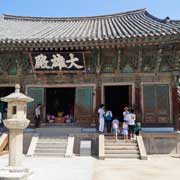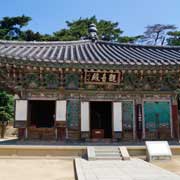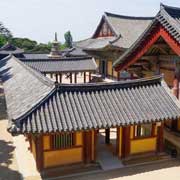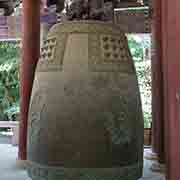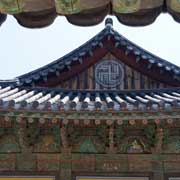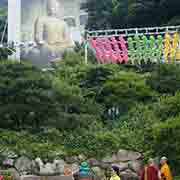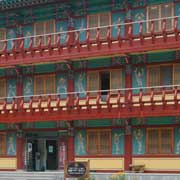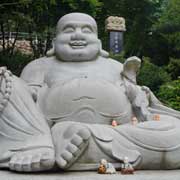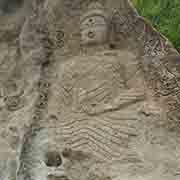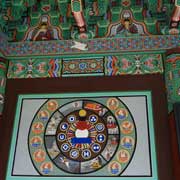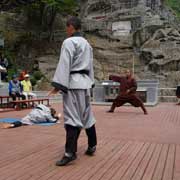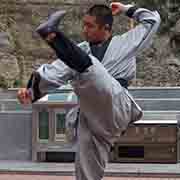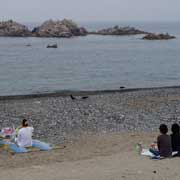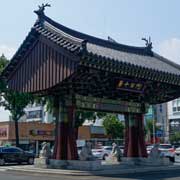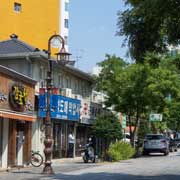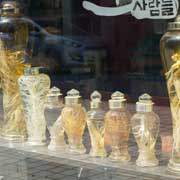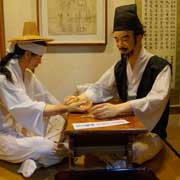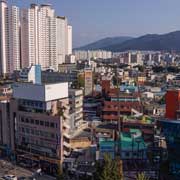Photos of around Gyeongju, North Gyeongsang Province and Daegu, Korea
Around Gyeongju, North Gyeongsang Province and Daegu
Bomun Lake Resort is a large tourist complex around Bomun Lake about 10 kilometres to the east of the city of Gyeongju in Gyeongsangbuk-do (North Gyeongsang Province). It contains many amusement facilities, including a vast waterslide complex. From April to January the following year, traditional Korean music (Gugak) performances are held free of charge at the Bomun Outdoor Performance Hall.
you may then send it as a postcard if you wish.
Bulguksa Temple, about 16 kilometres southeast of Gyeongju, is a head temple of the Jogye Order of Korean Buddhism. It was added to the UNESCO World Heritage List in 1995, together with the Seokguram Grotto, housing its large image of Sakyamuni Buddha. Bulguksa (Temple of the Buddha Land) is a masterpiece of the golden age of Buddhist art during the era of the Silla Kingdom. It encompasses seven National treasures of South Korea, including the Dabotap and Seokgatap stone pagodas, Cheongun-gyo (Blue Cloud Bridge), and two gilt-bronze statues of the Buddha. The temple was constructed between 751 and 774, but burned to the ground during the Imjin wars with Japan in the late 1500s. Since then, it was reconstructed and expanded, and major restorations were conducted between 1969 and 1973. Seokguram Grotto, four kilometres east of Bulguksa, is a hermitage and part of the temple complex. The central Buddha statue, 3.5 metres in height and sitting on a 1.34-metre tall lotus pedestal, is a highly regarded piece of Buddhist art.
Golgulsa (“Stone Buddha Temple”), 20 kilometres east of Gyeongju, is the oldest grotto temple in Korea and was established on Mt. Hamwolsan, along with nearby Girimsa (now a subsidiary temple of Bulguksa), by Monk Gwangyu from India around the year 643, in the Silla era. It was ruined during the mid-Joseon period but reconstructed around 70 years ago. The temple has a training programme for Sunmudo (“Bulgyo Geumgang Yeong Gwon”), a kind of traditional Buddhist martial art, a training method designed “to extinguish worldly pains and attain enlightenment”. This training aims to harmonise mind and body, united with breathing. Demonstrations of this “Zen Martial Arts” may be observed here.
About 10 kilometres from Golgulsa Temple are the Gameunsa Temple ruins and the underwater tomb of King Munmu (661-681 CE), located off Bonggil Beach on a tiny rocky islet in the East Sea. The king gave specific instructions to be buried in the sea after his death to become a dragon and protect the Silla Kingdom. About 200 metres in circumference, the rocky island is divided by a cross-shaped waterway, forming a pool at the centre. At the bottom of the pool is a granite rock under which the cremated remains of King Munmu are supposedly buried.
Daegu (literally ‘large hill’) is officially known as the Daegu Metropolitan City, the third-largest metropolitan area in the nation with over 2.5 million residents. During the 1960s–1980s, it was well known for its electronics industry. It is also known for its Herbal Medicine Market: a whole street with shops selling a variety of Oriental medicinal and speciality products. The Daegu Yangnyeongsi Oriental Medicine Cultural Centre (Museum of Oriental Medicine) has many displays and explains its uses.


